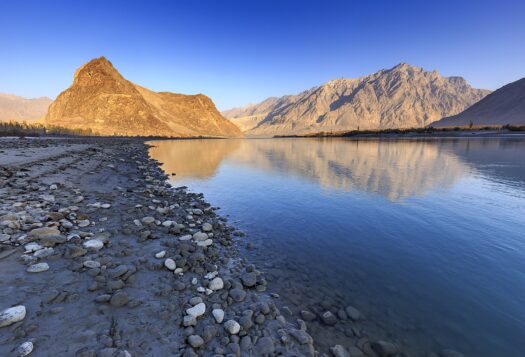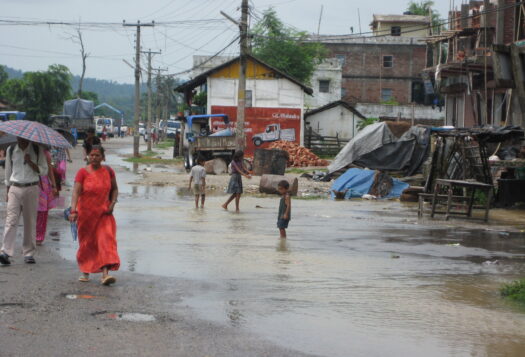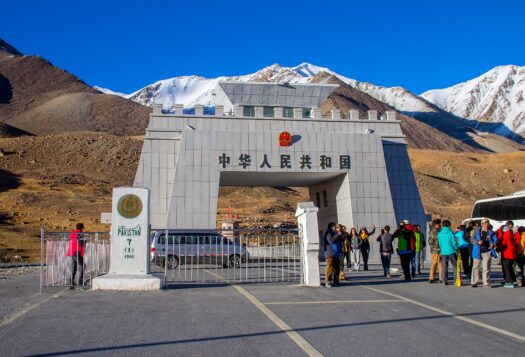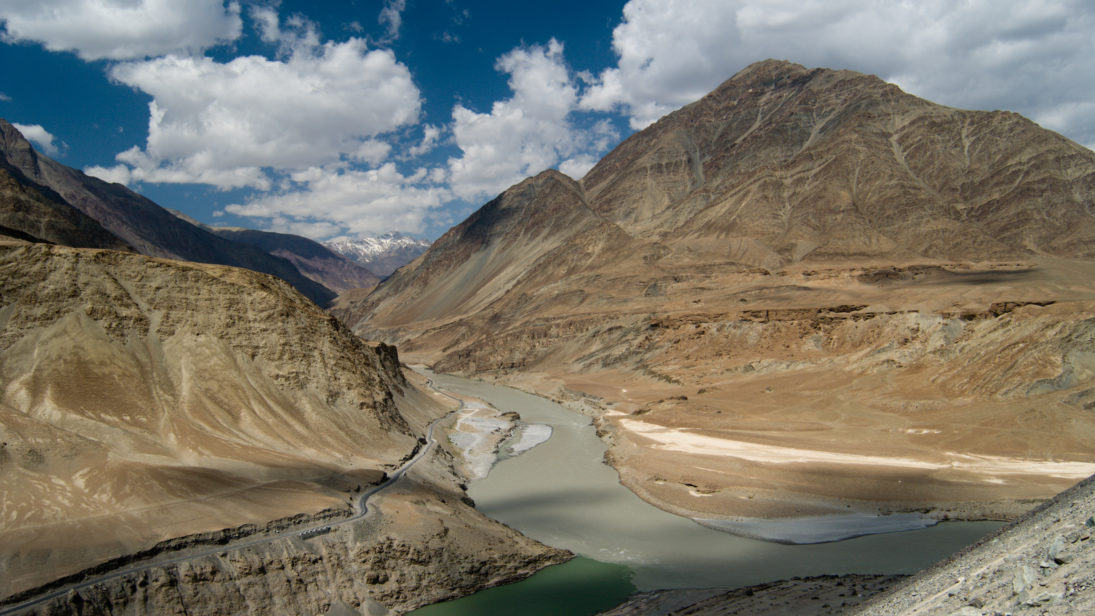
Climate change—the alteration of global temperatures and weather patterns because of human activity—is one of the biggest challenges facing the world today, and South Asia is no exception. In the aftermath of the recent fatal heatwaves in Karachi and devastating floods in Kerala, India and Pakistan urgently need to work together to realize the shared goal of climate change mitigation.
Both governments have formally recognized the importance of tackling climate change: In 2015, Pakistan reinstated its Ministry of Climate Change, while in 2014, India renamed its environment ministry as the Ministry of Environment, Forests, and Climate Change. Further, as signatories of the 1997 Kyoto Protocol and the 2015 Paris Agreement, both India and Pakistan have made some efforts to formulate appropriate domestic policies in this area, through India’s National Action Plan on Climate Change and the Pakistan Climate Change Act. However, given the constantly evolving nature of climate change and the shared vulnerability of major stakeholders, a more permanent, holistic bilateral climate framework geared towards mitigating the deleterious effects of climate change in greater South Asia should be the main agenda of both countries.
Bilateral Framework a Necessity
According to HSBC’s latest ranking, India and Pakistan are highly susceptible to risks of climate change. Shared risks include decreased agricultural incomes, depletion of national capital, water stress, social inequality and health emergencies. Unfortunately, both countries are ill-equipped to respond to climate change, as demonstrated by the same index, with Pakistan ranked third in terms of least capacity to respond and India ranked tenth. In the face of such looming threats, individual responses sans cooperation are inadequate. Hence, it is vital that India and Pakistan consider pooling resources through a bilateral framework.
South Asian topography is composed of transboundary wetlands (coastal mangrove region and the Rann of Kutch) and waters (Indus River Basin) that cut across Indo-Pak boundaries. The success of legal bilateral instruments governing these territories i.e. the Indus Water Treaty and the Rann of Kutch agreement set precedents for further negotiations between the two countries to not only preserve the ecosystems, but to also work together to address shared vulnerabilities. Moreover, bilateral frameworks tend to be more efficient and easier to enforce as they involve only two parties. Multiple partners bring to the table disparate levels of development, regulatory approaches, domestic policies, environmental consciousness, culture, history and other determining factors which makes it harder to reach a consensus. For instance, although the South Asian Association for Regional Cooperation (SAARC) has prioritized addressing environmental quagmires, implementation remains a problem because of the diverse landscape and interests of its members. Also, compared to their regional counterparts which favor powerful states at the expense of smaller ones during negotiations, bilateral agreements may sidestep such power asymmetries.
Lastly, given the historically contentious Indo-Pak relationship, a bilateral climate framework might be a harbinger of peace and reconciliation. Environmental cooperation between hostile countries is not a new occurrence: A case in point is the Sino-Japanese relationship which drastically improved after an environmental delegation from Japan visited China in 1977, paving the way for multiple agreements and projects like the Sino-Japanese Friendship Centre for Environmental Protection (principle body for environmental policy research) and the Agreement on Environmental Protection and Cooperation (commitment to mutually resolve issues of environmental degradation).
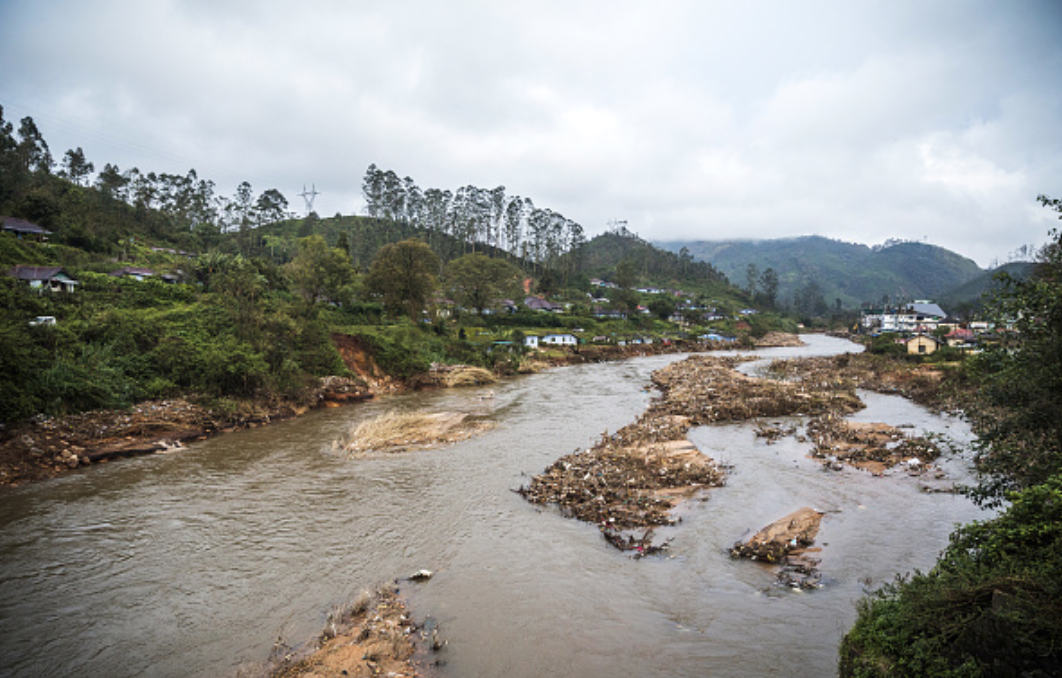
Financial Considerations
An evaluation of various projects undertaken by India and Pakistan for the mitigation of climate change suggests that most previous initiatives have either been unsuccessful or have not reached their full potential: The chief reason behind such failures is a lack of adequate funding. For example, Indian initiatives such as the National Mission on Strategic Knowledge for Climate Change and the National Adaptation Plan have been handicapped due to a lack of funds.
As a remedy, the bilateral climate framework should spearhead the creation of a Climate Fund to encourage bilateral environmental funding along with other regional support programs. In addition to being backed by voluntary donations, the fund could allocate specific budgetary demands to be fulfilled by both India and Pakistan. For instance, higher environmental budgetary allocation could be correlated to increased levels of greenhouse gas emissions. International financial institutions like the World Bank and the Global Environment Fund could also be accessed for this purpose.
Potential Long-term Benefits
A bilateral climate framework could build upon or combine extant domestic policies with new legislative developments to give them a regional flavor. For instance, the National Mission for Sustaining the Himalayan Ecosystem, an Indian initiative for the conservation of Himalayan glaciers and mountains, could be modified to involve Pakistan, since the Himalayas are a common ecoregion between both countries.
Given the crucial relationship between trade and the environment, one of the major targets of the bilateral climate framework should be to encourage a transition toward greener, low-carbon economies. Within the South Asian context, this can be achieved by creating strong incentives for climate friendly investments, subsidizing green technology (solar and wind in India is 50% cheaper than coal), taxing heavy carbon emitters (penalizing the industries with the most reliance on fossil fuels), and rewarding innovation (initiating joint competitions in both countries for coming up with climate mitigation strategies.)
The unavailability of credible statistics regarding climate change in South Asia is a major issue encountered by environmental policymakers. Such data is imperative for the translation of scientific evidence into policy. Under the aegis of the bilateral climate framework, importance should be given to the creation of databases that not only help identify mitigation potential in the region but also assist in the creation of appropriate policies for the most risk-prone areas.
Recommendations
Apart from enacting a bilateral climate framework, India and Pakistan should work towards demilitarizing the Siachen glacier—the world’s highest battle ground at 5,400 meters above sea level. Some argue that Indian and Pakistani military activity has directly contributed to the melting and thinning of the glacier, affecting the climate of the surrounding region. Instead of maintaining permanent military bases there, the glacier should be declared a green sanctuary by India and Pakistan, to be visited solely for research or ecotourism.
To ensure compliance with climate mitigation measures, both Indian and Pakistani environment ministries should prepare reports and biennial updates to the bilateral climate framework. In doing so, they could make use of appropriate measurement, reporting, and verification tools that would be agreed upon beforehand. In addition, joint data banks could be set up with the assistance of the United Nations Environment Program (UNEP) to effectively gauge mitigation potential.
Lastly, for administrative purposes, secretariats should be set up in both India and Pakistan alongside a council with mutual membership to oversee enforcement of the framework. To ensure transparency and assuage the international community, representatives from the UNEP or the Global Environment Fund (GEF) will regularly monitor the proceedings.
In short, a bilateral climate framework would formalize greater participation on of the part of both India and Pakistan in the mitigation of climate change. In the long run, this framework could serve as a regional networking component to bring together all key South Asian actors and institutions to encourage environmental management. As the death toll continues to rise because of climate change-related exigencies, now is the time to meaningfully work together.
***
Image 1: Sanjay Ghosh via Flickr
Image 2: Bloomberg via Getty
